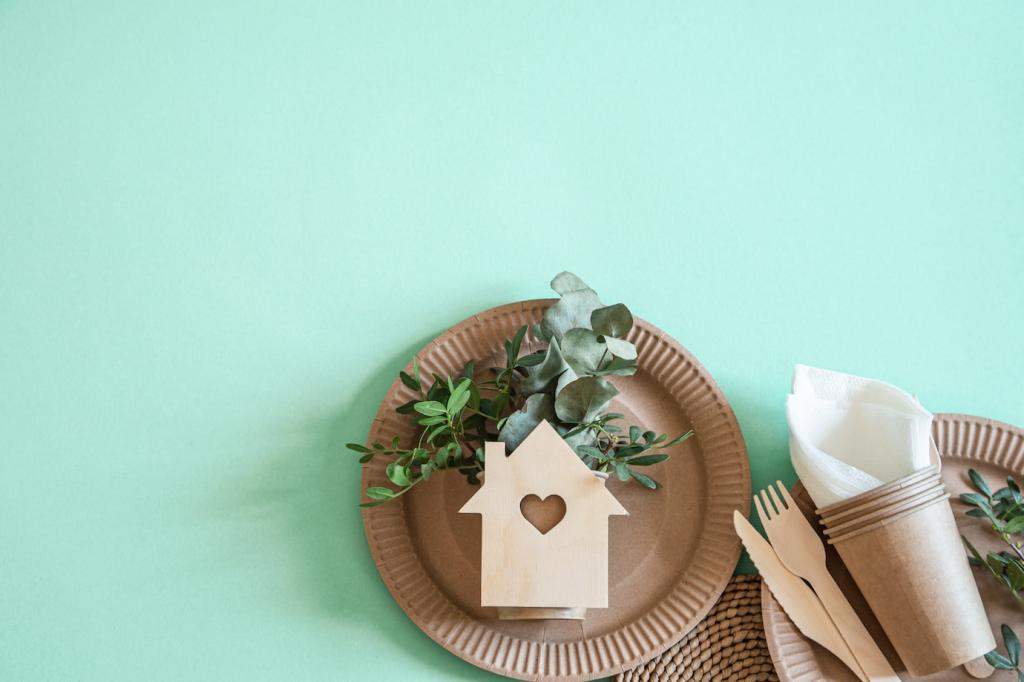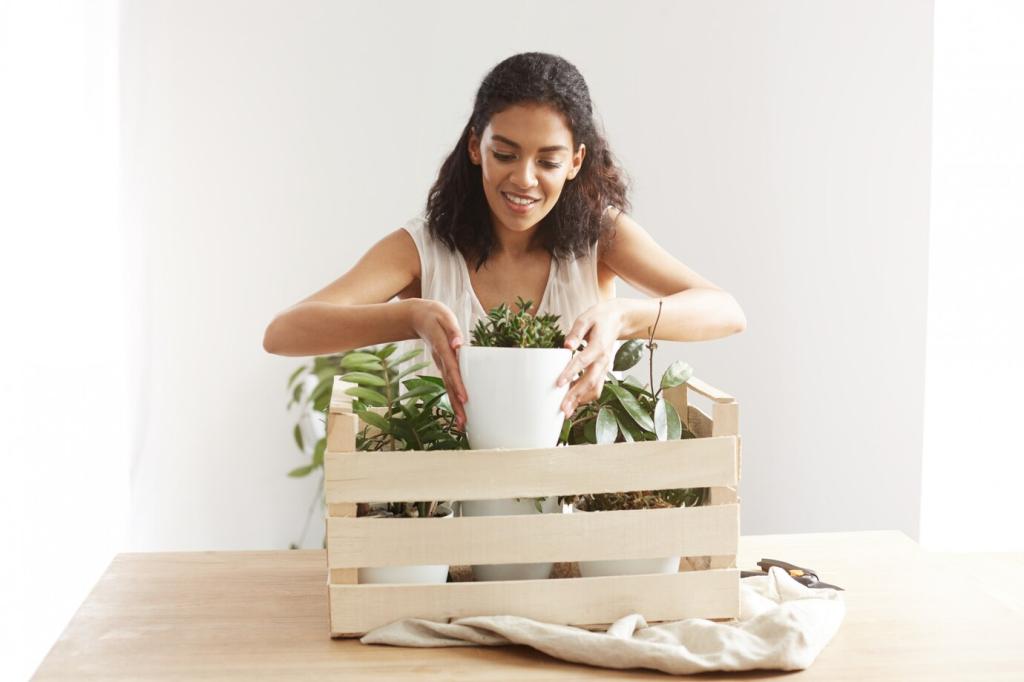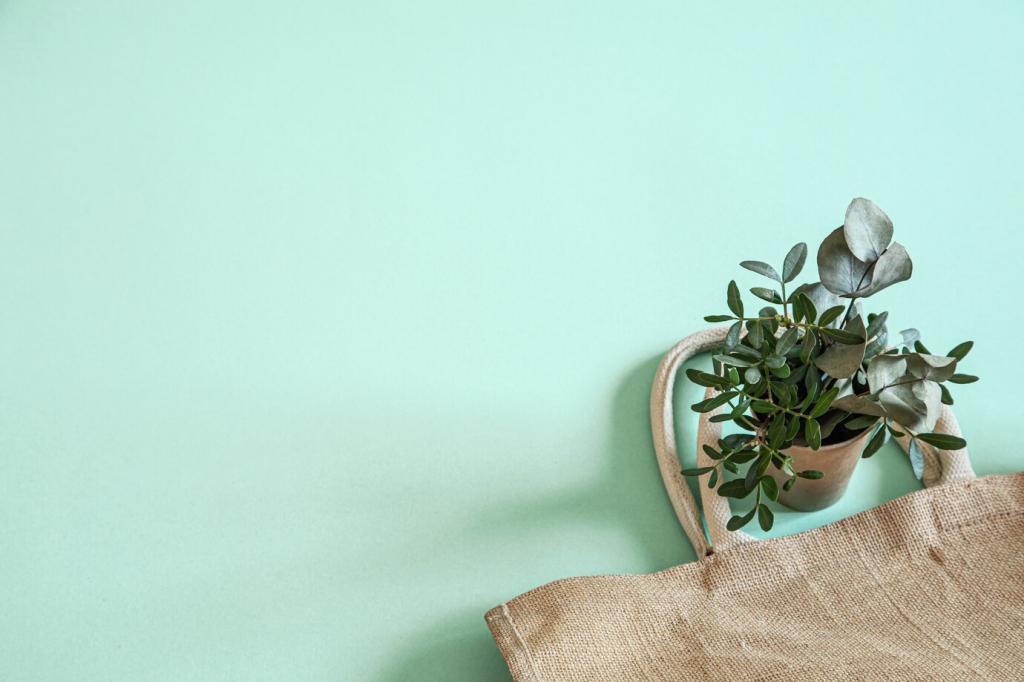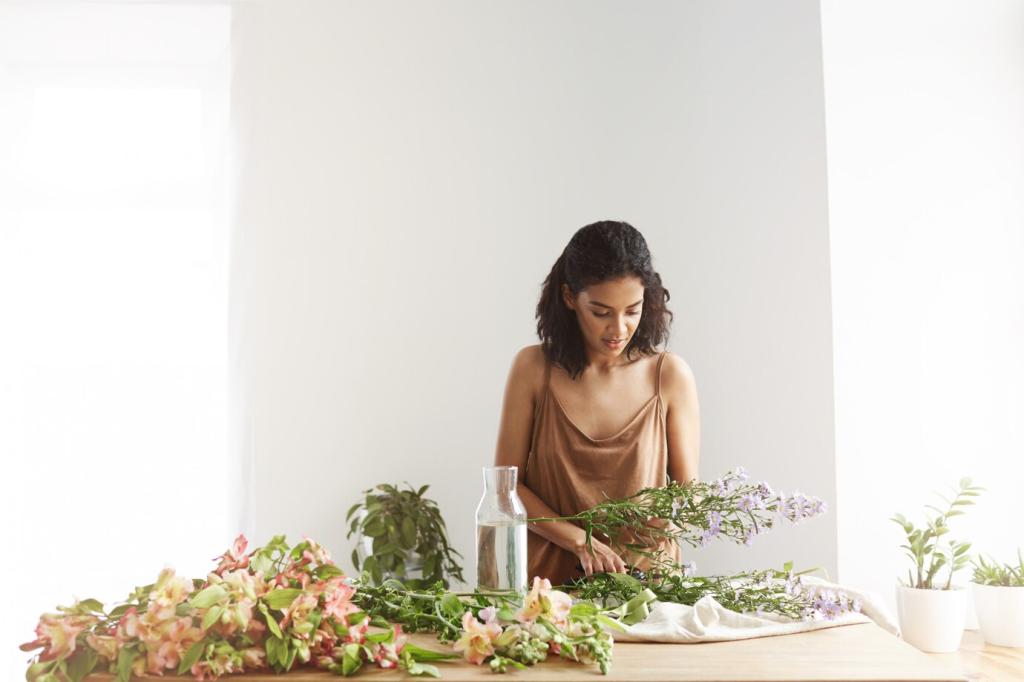Zero-Waste Design Strategies: Creating Beautiful Things Without Throwing Anything Away
Chosen theme: Zero-Waste Design Strategies. Imagine design as a puzzle where every piece matters and nothing is left on the cutting room floor. Here we turn constraints into creativity, weaving circular thinking into sketchbooks and prototypes. Subscribe for fresh methods, tools, and stories—and share your own zero-waste breakthroughs.

Core Principles That Drive Zero-Waste Design
Before patterns exist, imagine how shapes interlock like a jigsaw. When negative space becomes a feature, not a leftover, waste disappears. Try setting a hard rule: every drawn line must serve function, structure, or storytelling. Comment with your favorite constraint that sparked unexpected elegance.
Core Principles That Drive Zero-Waste Design
Treat pockets, facings, plackets, and linings as places to use what would otherwise be scraps. A curved pocket bag can swallow a corner remnant; a layered cuff can incorporate a narrow strip. Share a photo of a detail you designed to intentionally consume leftovers.
Core Principles That Drive Zero-Waste Design
Prototype quickly, but always inside the zero-waste boundary. The speed of iteration reveals hidden opportunities, like discovering that a collar shape also completes a sleeve cap. Join our newsletter for weekly micro-challenges that help you practice constraint-led ideation.
Patternmaking Techniques That Leave Nothing Behind
Jigsaw and Tetris Layouts
Arrange pattern pieces so every gap is intentionally filled by another shape. Visualize layouts on a grid, adjusting tolerances until the plan locks. One reader told us their dress panels finally clicked after rotating a waistband five degrees. Post your best pattern puzzle and inspire others.

Materials and Lifecycle: Designing Beyond the Cutting Table
01
Monomaterials for Simpler Recovery
Design with a single fiber family to simplify recycling and extend useful life. Cotton threads with cotton fabric, or polyester with polyester. When components agree chemically, recovery is easier and messaging is clearer. Share fabrics you trust for long wear, repair, and end-of-life clarity.
02
Deadstock With a Plan, Not Just a Story
Deadstock feels responsible, but unpredictability can undermine zero-waste layouts. Build patterns that flex across widths and repeat sizes, then test on small batches before scaling. Tell us how you stabilized supply while keeping layouts tight and waste negligible.
03
Design for Disassembly and Second Lives
Use visible, reversible construction so garments can be repaired, resized, or reborn. Bar tacks replace heavy fusing; modular panels invite future swaps. We once turned decommissioned panels into travel pouches for a pop-up workshop. Join our forum and share your best second-life idea.
Tools and Tech That Supercharge Zero-Waste
Set variables for size, seam allowances, and fabric width, then let parametric rules reflow the layout. Small tolerances can unlock big yield gains. Readers report discovering unexpected pairings of cuffs and collars through scripted nesting. Subscribe to receive a starter template you can adapt.

Tools and Tech That Supercharge Zero-Waste
Simulate drape and fit before cutting any fabric. By catching balance issues digitally, you avoid last-minute additions that break a zero-waste layout. Share a screenshot of a simulation insight that changed your pattern geometry and saved material.
Stories From the Studio: Lessons You Can Use
A jacket prototype kept leaving a triangular void in the marker. The team reshaped a collar stand to fill that pocket, then lined the jacket reversibly. The solution became a brand hallmark. Tell us about the constraint that quietly defined your style.
Leftover long strips from a bag project refused to fit. Instead of forcing a suboptimal layout, the designer pivoted and created a fringed scarf series that used every strip. Share your own pivot story where zero-waste guided a new product.
During a community workshop, participants reduced layout waste dramatically by mirroring sleeve caps across sizes. The shared aha moment turned into a reusable pattern library. Join our next challenge and contribute a block that others can build on.

Business Value and Brand Storytelling Without Green Gloss
Tell the Making Story Clearly
Show patterns, markers, and the decisions behind them. People love seeing how a collar fills a layout puzzle. When you narrate trade-offs with humility, trust grows. Post a behind-the-scenes reel and tag us so we can amplify your work.
Scale Without Letting Waste Creep In
As orders grow, new fabric widths and vendors can quietly erode yields. Build SOPs for layout verification and sample checks at each scale step. Share a checklist you use to prevent waste creep across new sizes or materials.
Invite Customers Into Circular Programs
Take-back, repair credits, and modular updates keep products in use. Explain how zero-waste patterns support easy mending and part replacement. Ask your community what service would help them keep their favorite pieces alive the longest.
Measure, Improve, and Celebrate Progress
Baseline Your Waste and Set Targets
Record offcut weight or layout yield for every style, then set specific quarterly targets. Even small improvements compound. Share your baseline and goals with us, and we will feature creative approaches that others can learn from.
Design Review With a Waste Lens
Add a five-minute layout audit to every design review. Ask: what fills the gaps, what could combine, what can invert. The discipline trains eyes to spot opportunities fast. Tell us which review question changed your team’s habits the most.
Community Feedback and Recognition
Celebrate every percent of progress publicly. Invite your audience to vote on the smartest zero-waste detail of the month. This simple ritual builds advocacy and accountability. Comment with a designer we should spotlight for an ingenious layout solution.
